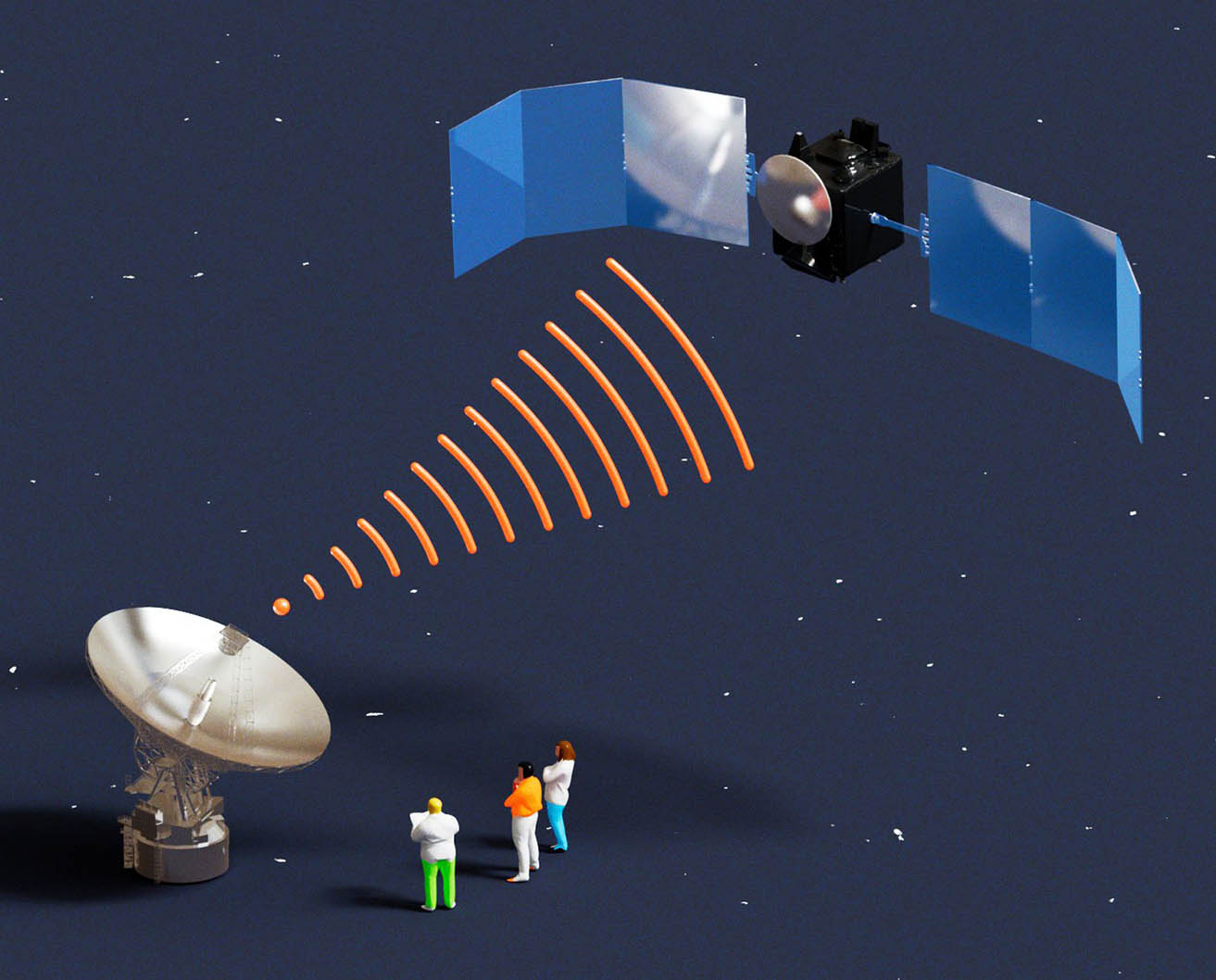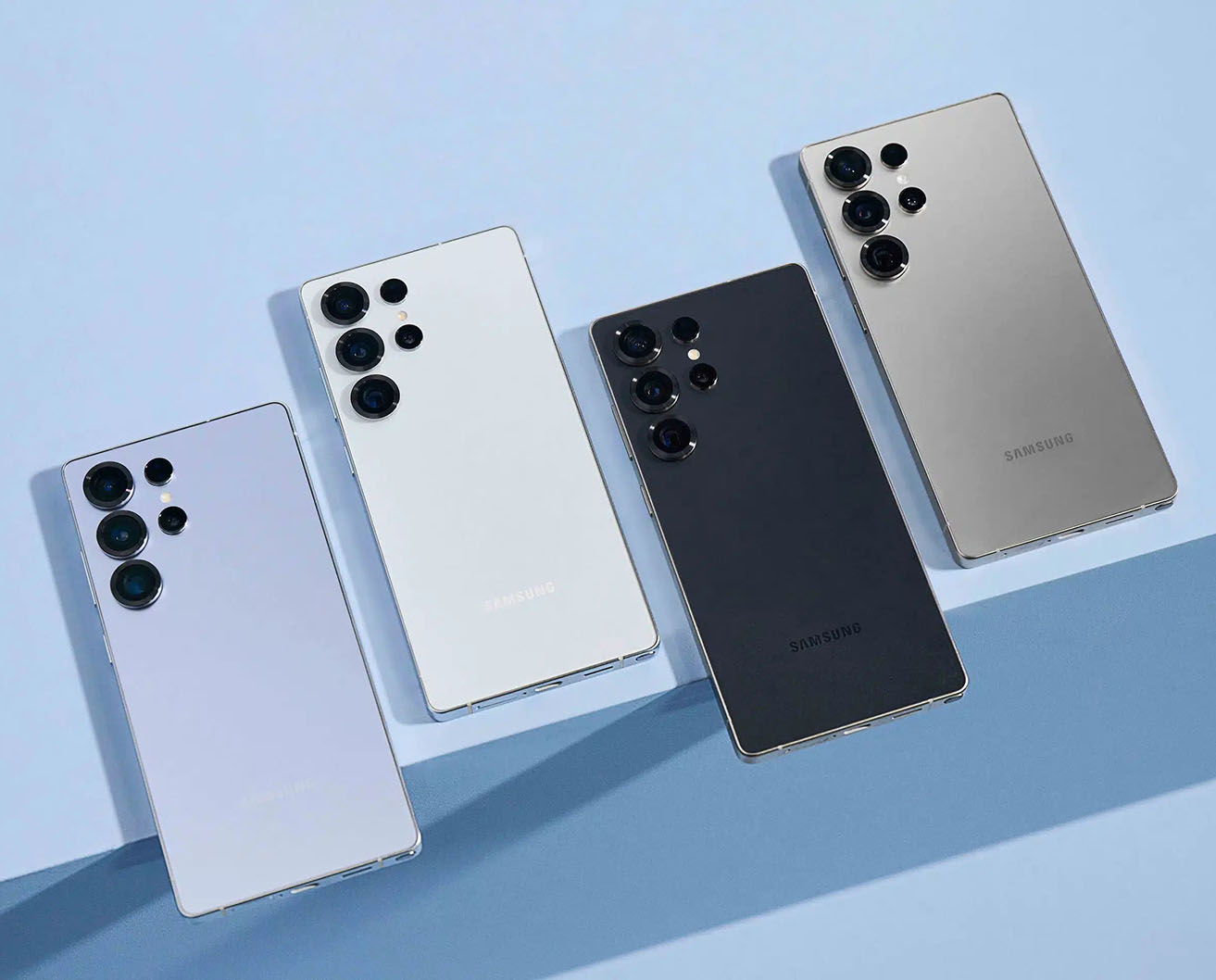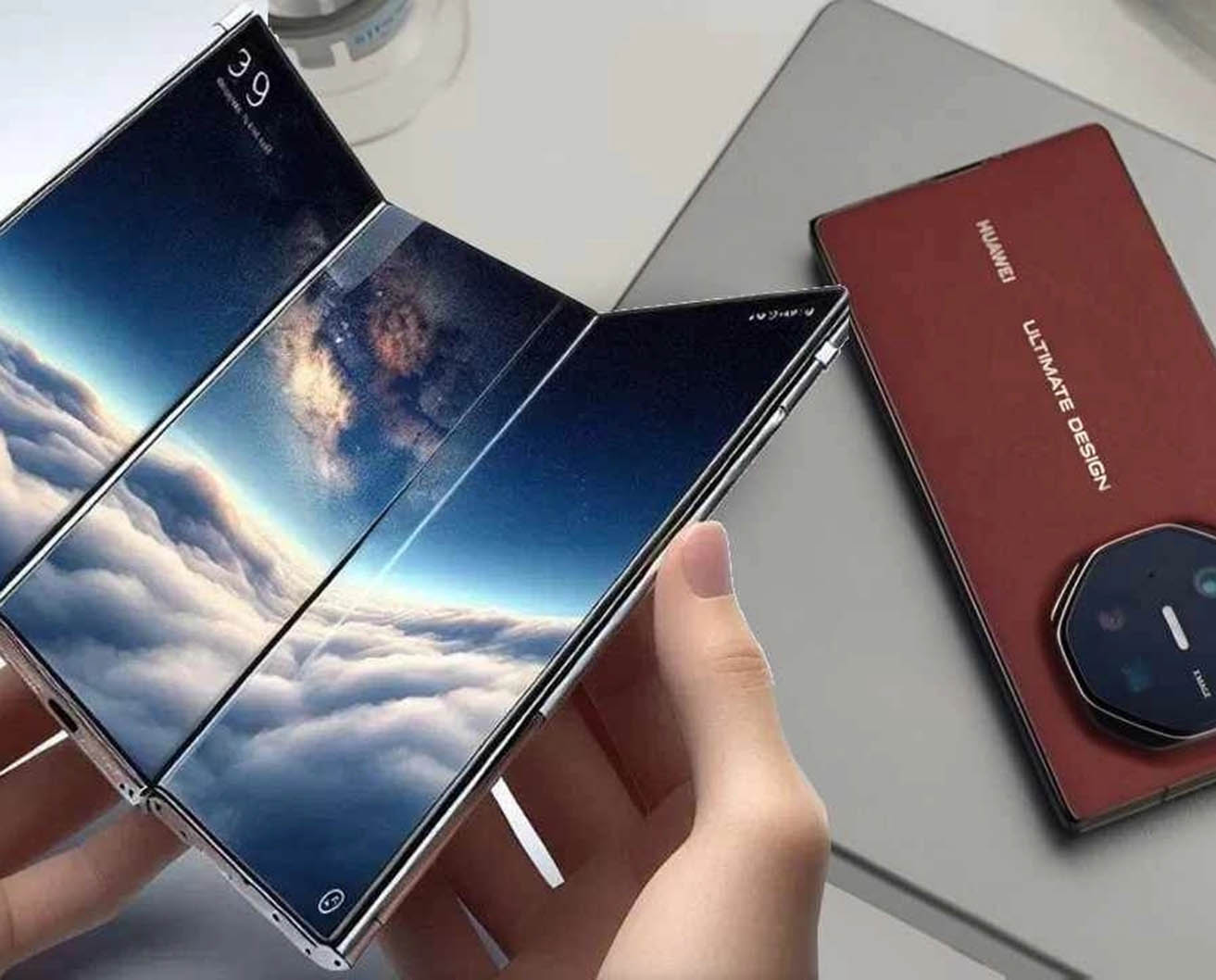In the fast-evolving landscape of communication technology, smartphones have become indispensable tools in our daily lives. With the widespread adoption of 4G and 5G technologies, the speed and reliability of smartphone connectivity have significantly improved. However, challenges remain in remote areas and extreme environments where traditional network coverage is sparse. In such scenarios, the introduction of satellite technology offers a new solution, allowing users to maintain seamless connectivity even in network blind spots. This article explores the role of satellites in modern smartphone connectivity and recommends two smartphones that support satellite communication.
Understanding Satellite Communication
1. How Satellite Communication Works
Satellite communication is a method of transmitting signals via satellites. Satellites receive signals sent from the ground and relay them back to Earth, creating a communication link. Typically, satellites operate in geostationary orbit, allowing them to cover a large portion of the Earth’s surface without being restricted by ground-based infrastructure.
2. Comparison with Traditional Networks
Unlike traditional communication technologies that rely on ground-based stations (such as 4G and 5G), satellite communication is not limited by terrestrial infrastructure. Ground-based networks require base stations to be installed in each region, which can be challenging in complex terrains or sparsely populated areas. Satellite communication, on the other hand, can provide coverage over global regions as long as the device can receive satellite signals. This capability is especially valuable in remote and disaster-stricken areas.
Applications of Satellite Technology in Smartphones
1. Satellite Messaging Function
Recently, satellite messaging functions have been integrated into smartphones. Unlike traditional SMS services that depend on ground networks, satellite messaging works in areas without network coverage. Users can send and receive messages via satellite, which is particularly useful in scenarios such as wilderness exploration or emergency rescue missions. For example, in forests, deserts, or other remote locations, users can stay connected through satellite messaging.
2. Satellite Voice Calls
In addition to messaging, some smartphones also support satellite voice calling. Satellite voice calling allows real-time communication even without ground network coverage, although there may be latency and quality differences compared to 4G/5G networks. This feature is ideal for users who need to maintain communication in remote or extreme environments, such as travelers or rescue personnel.
3. Satellite Data Transmission
Advances in satellite data transmission technology enable smartphones to exchange data even in the absence of traditional networks. While satellite data transmission speeds may not match ground networks, it provides a viable solution for data transfer in areas without other network access. For instance, researchers collecting data in remote locations can use satellite data transmission to upload their findings in real time.
Advantages of Satellite Communication Technology

1. Global Coverage
The primary advantage of satellite communication is its global coverage capability. Ground-based networks are limited by terrain and population density, but satellites can cover a large portion of the Earth. Whether in oceans, deserts, or mountainous regions, satellite communication can provide reliable connectivity. This global coverage is crucial for users who frequently operate in remote or extreme environments.
2. High Reliability
Satellite communication systems typically offer high reliability. Because satellites operate in high altitudes, they are less affected by ground weather conditions or natural disasters, ensuring stable communication even in harsh environments. This makes satellite communication essential for emergency situations, such as disaster relief efforts.
3. Rapid Deployment
Compared to the construction of ground-based network infrastructure, satellite communication systems can be deployed more quickly. Satellites do not require extensive ground-based installations; only satellite reception equipment is needed. In emergencies or situations requiring rapid restoration of communication, satellite technology provides an expedient solution.
Recommended Smartphones with Satellite Communication
Integrating satellite communication into smartphones represents a significant technological advancement, enabling users to stay connected even in areas unreachable by traditional networks. Here are two recommended smartphones that support satellite communication:
1. Iridium GO!™ Satellite Hotspot
Features:
- **Satellite Communication Functionality:** The Iridium GO!™ is a portable satellite hotspot device that works with smartphones to provide satellite messaging, voice calling, and more.
- Global Coverage: Utilizing the Iridium satellite network, the Iridium GO!™ offers global coverage, maintaining connectivity in any location.
- Portability: This compact and lightweight device is ideal for outdoor adventures, remote work, and other scenarios where traditional network access is unavailable.
- Ease of Use: Users simply connect the Iridium GO!™ to their smartphone to access satellite network services.
2. Bullitt Group’s Satellite-Enabled Phones

Features:
- Integrated Satellite Communication: Bullitt Group offers a range of smartphones with built-in satellite communication modules, allowing for connectivity in areas without traditional network coverage.
- Durability: These phones are designed to be rugged and durable, suitable for use in extreme environments such as outdoor expeditions or construction sites.
- Comprehensive Features: In addition to satellite communication, these phones support 4G/5G networks, making them versatile devices for various needs.
Future Outlook
The application of satellite technology in smartphones is a crucial development in communication technology. As technology continues to advance, satellite communication will become even more efficient and accessible. The emergence of low Earth orbit (LEO) satellite networks will enhance satellite communication by reducing latency and increasing bandwidth, and the integration of satellite technology into smartphones will become more widespread. In the future, smartphones may increasingly incorporate satellite technology to provide users with more reliable and global communication services.
Satellite technology plays a significant role in modern smartphone connectivity, addressing the challenges of traditional network blind spots. It offers a reliable and secure communication solution for users in remote or extreme environments, increasing the dependability and safety of communication. As technology evolves, satellite communication will play an increasingly important role in the future of smartphones.



